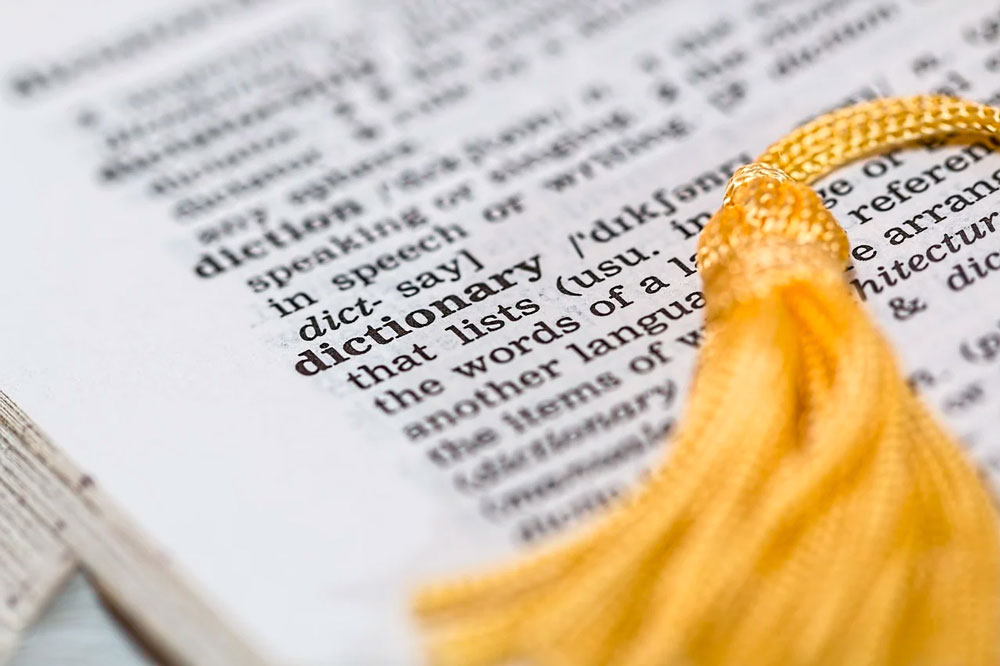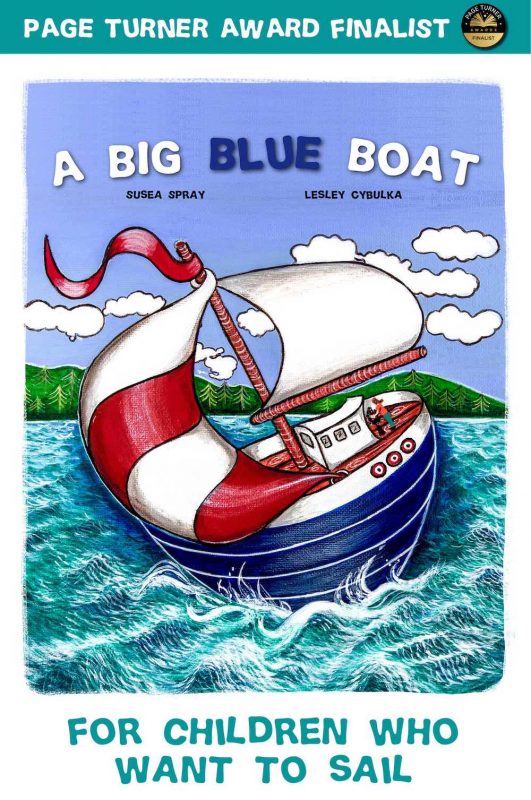If you're a new indie author, there's plenty of terms you'll come across that you may not understand. Our indie author glossary will help.
Welcome to part four of our Indie Author Glossary, covering the letters N-S. This is part four of five as we get towards the end of our mission to demystify the terms used in publishing. Just one more way we’re helping you on your publishing journey.
Subsidiary rights (aka “Subrights)
Net Royalties
These are the royalties received after the fees have been taken out by the selling platform.
Nook
A brand of eReader, sold by Barnes & Noble.
Offset Printing
The most common printing for large print runs. This requires usually 1000 copies to be cost effective, but does get you better colours, better cost per copy and more flexibility on print sizes.
Old Mate Media
Our company. An independent publisher and author services company that provides tailored publishing services and coaching to independent authors around the world. Specialises in children’s and non-fiction books.
Overdrive
Used by libraries, for their members to borrow and read ebooks. Accessible to authors via Kobo, Draft2Digital or PublishDrive https://www.overdrive.com/
Perfect Bound
The most common binding for POD paperbacks and the binding used by KDP Paperback.
Pitch Letter or Query Letter
The letter used to sell your book. This can be a letter to an agent, a publisher, a bookstore, a blogger. An essential part of your sales toolbox.
Press Release
A short pitch about your book designed to encourage media coverage. Best to be tailored for publications rather than blasted to all.
Print Run
The number of copies printed in a single order.
Print-on-Demand (POD)
Each book is printed when ordered. This means that authors can print one book at a time and have no need for warehousing.
Proof
A test copy of the book, produced just before publication for a final check. Generally now down digitally, authors can opt for a physical proof if preferred.
Publish Drive
An eBook aggregator and distributor. Fantastic system for authors with larger sales or split royalty models. Based on a subscription model, making them less useful for beginner authors. Similar to Draft2Digital or Smashwords. https://www.publishdrive.com/
Publisher
The entity or person that publishes a book. This can be an author or a company. Once you publish, you are a publisher.
Retail Price
The price of the book. Often called recommended retail price. In the age of discounting it’s rare for a book to be sold at full retail price. Royalties are sometimes calculated based on retail price.
Return
Books that don’t sell in a bookstore are sent back to the publisher or distributor as returns. The publisher wears the cost of these. Many bookstores won’t stock indie books unless they have the option to return them.
Review Copies
Books that are sent out to reviewers to read and review the book. Often sent before release.
Revisions
Changes made to a work. Often a design contract includes a set number of revisions before extra charges are applied.
Royalty
The amount that the author receives from the sale of each book. If self-published this is the whole amount from the sale. If traditionally published, this is usually a percentage.
RRP
Recommended Retail Price. See Retail Price.
Scrivener
Software program that is used by many writers to help them write their books. https://www.literatureandlatte.com/scrivener/overview
Self-Publishing
When an author publishes their own books. This used to be considered second class to traditional publishing, but now many authors are seeing the benefits of controlling their own sales and are choosing the self publishing path.
Sell Sheet
Similar to a pitch letter, this is a one page sales document for a book. It’s something that is used by bookstores and will be expected as part of your pitch to be stocked.
Shelf Life
The length of time that an unsold book will stay on a retail shelf before it’s returned to the publisher.
Slush Pile
The collection of unsolicited manuscripts that sits at publishing houses and is often not read.
Small Press
A smaller publishing company. Many authors are now effectively running their own small presses as they publish their own collections of books.
Smashwords
Ebook aggregator and distributor that works in a similar way to Draft2Digital and PublishDrive. The first of these aggregators, they have been largely overtaken by the other two companies.
Spine
The side of the book, between the front and back covers. Usually displays the title, author, and publisher logo. Most bookstores require a book to have a title on the spine for it to be stocked.
Spine Width
The width of the spine. This can only be determined once the interior design of the book is finalized.
Submissions
Manuscripts that are sent to agents and publishers for consideration.
Subsidiary Rights (aka "Subrights")
All of the rights that are not print publication rights. This is an area often overlooked by authors when negotiating a publishing contract. Rights to consider include: ebook, country specific, audio, adaptation for film or tv, merchandising, translation and more.
Synopsis
A summary of the story that includes major plot points and characters. Often used as the starting point for writing the full book.
Where to Next:
We hope you enjoyed part four of our Indie Author Glossary. We’re nearly at the end and will be finalising the last section soon and then bringing them all together. You can also see Part 1 (A-C), Part 2 (D-F) and Part 3 (G-M) in our Indie Author Guides. If you’d like to know when we’ve got the full list up, just join up to our author newsletter. We email about once a month with our latest guides, tips and specials for authors. Otherwise, do have a look at our full list of Indie Author Guides and make sure you come say hi on one of our social channels. You can find us on Facebook, Instagram, Twitter and LinkedIn.







